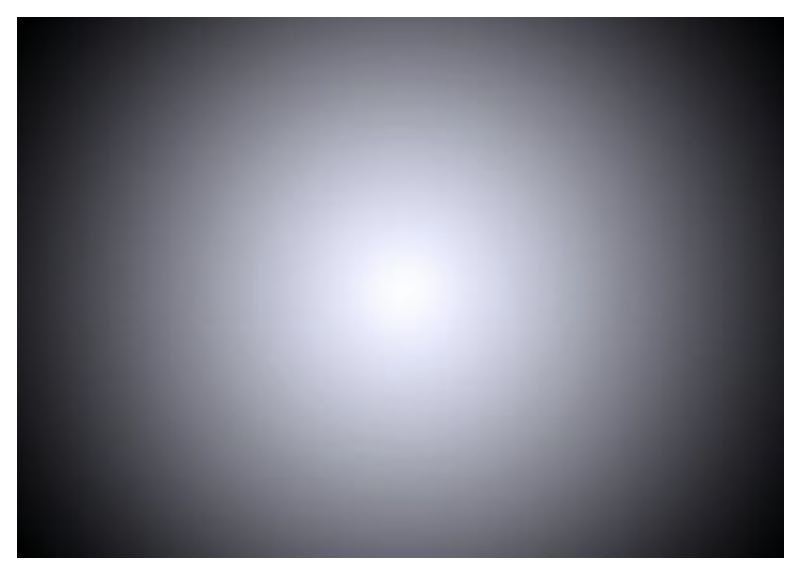Hyperspace is one of the most useful concepts in science fiction. It comes in handy when the protagonist needs to escape imminent danger, and is invaluable to mortals who need to explore distant worlds in a fraction of time. In most scenes of hyperspace travel, stars are seen stretching by as the characters speed through the galaxy. In the video below, Claire L. Evans created a “daisy-chain of hyperspace scenes” from several sci-fi films, including 2001: A Space Odyssey, Contact, Stargate, Star Trek (The Original Movie), Tron, DUNE, and The Black Hole.
But physics students at the University of Leicester, using Einstein’s Special Theory of Relativity, claim that the look of hyperspace is not what is presented in science fiction movies. According to the students, “the crew would actually see a central disc of bright light.”

“There would be no sign of stars because of the Doppler effect – the same effect which causes the siren of an ambulance to become higher in pitch as it comes towards you. Doppler blue shift is a phenomenon caused by a source of electromagnetic radiation – including visible light – moving towards an observer. The effect means that the wavelength of electromagnetic radiation will be shortened. They would simply see a central disc of bright light as Cosmic Microwave Background Radiation is shifted into the visible spectrum. Cosmic Microwave Background Radiation is radiation left behind from the Big Bang, and is spread across the universe fairly uniformly.”
The students’ findings were published in the University of Leicester’s Journal of Physics Special Topics.
One of the students, Katie Dexter, suggested that film-makers “should take the physical implications of such high speed travel into account in their forthcoming films.” For the sake of science, perhaps. But a “central disc of bright light” isn’t as moving as a bunch of stars stretching before your eyes.
Read more at Univ. of Leicester.